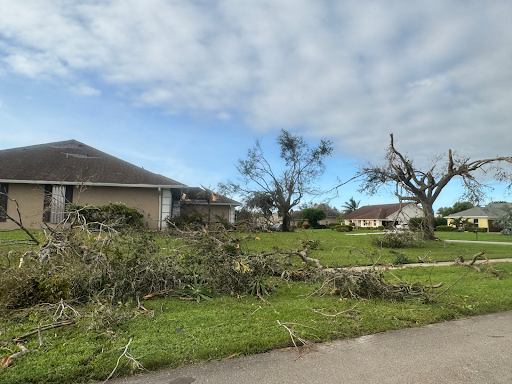Over the past summer months, shark-infested waters have alerted locals throughout Florida, creating a hazardous coast across our populated water. Individuals are witnessing shark aggression firsthand while attacks have been recently increasing.
Experts theorize that the conservation efforts to dispose of pollution in the U.S. have backfired and regressed shark hunting habits, attracting them to the waterfront. Land that was once ineffectual for marine life is now a hotspot for different species of animals.
“Florida is the champion for most shark attacks because of its coastline and how its waters stay warmer longer than other states,” The Florida Fish and Wildlife Conservation Commission said. “This is also why shark activity peaks in Florida waters April through October.”
Floridian Residents have been on the lookout for danger from numerous individuals panic-stricken from summer encounters. 15-year-old Lulu Gribbin, attending Mountain Brook High School experienced the horror of a shark incident on June 7, 2024, in the clear waters of Seacrest Beach, Panama City. Gribbin and her friends were scavenging for sand dollars in waist-deep waters when the incident occurred. The aftermath of the incident resulted in a lost hand and a chunk of her leg missing, leaving her to discover a new way of life.
“She was lifeless, her eyes closed, mouth white and pale,” Gribbin’s mom, Anne Gribbin wrote in her account. “The wound on her leg, or all that was left of her leg, was something out of a movie.”
Her experience has taught others to be cautious and aware at the beach. Helpful tips to protect yourself include avoiding wearing shiny jewelry and nude colors, looking out for the flags, and planning your trip during the day, as sharks are most active during twilight or dark hours. Threat levels can vary and depend on the day and individuals must acknowledge the color of the beach flag to identify the danger magnitude.
If you are in the situation of an attack, try your best to control your blood flow by wrapping surrounding material around the wound to avoid shock. You should also make it evident that you need help and get the attention of a passerby if possible. Another essential tip is to try your best not to panic and remain still to ensure the shark’s dominance. This will give them a signal that you are not a threat, and thus, the shark will retreat and you will have a chance to escape.
“The human body holds approximately 5-7 liters of blood and a significant laceration on the thigh or limbs can easily turn deadly in moments,” Firstaid said. “Severe hemorrhage is the most common cause of fatality in a shark attack situation, so having a basic plan and the right know-how can make the difference between life and death.”
Understanding and implementing shark attack prevention strategies is essential for ensuring the safety of beachgoers and water enthusiasts. By adhering to guidelines such as avoiding swimming at dawn or dusk, staying in groups, and being mindful of local shark activity, individuals can significantly reduce their risk. Ultimately, prioritizing safety measures and promoting responsible behavior in the ocean not only protects us but also helps us have an equal balance with marine ecosystems. Together, we can enjoy the beauty of our oceans while minimizing risks and celebrating the incredible biodiversity marine life has to offer.







